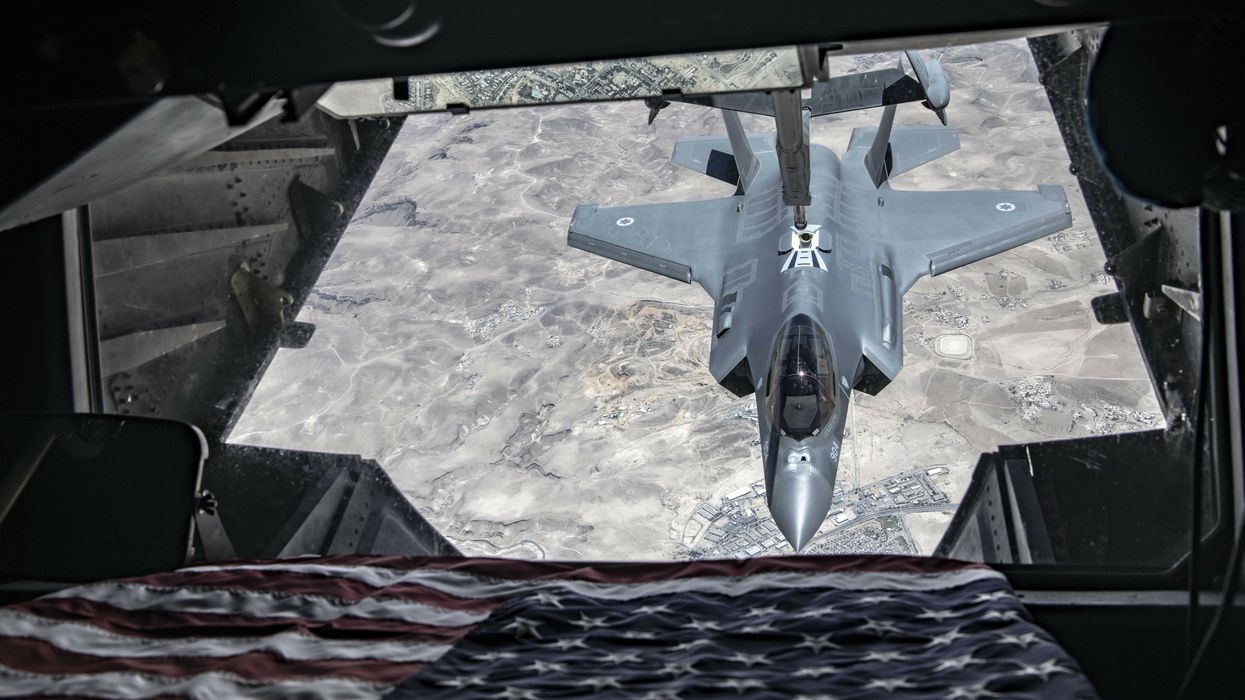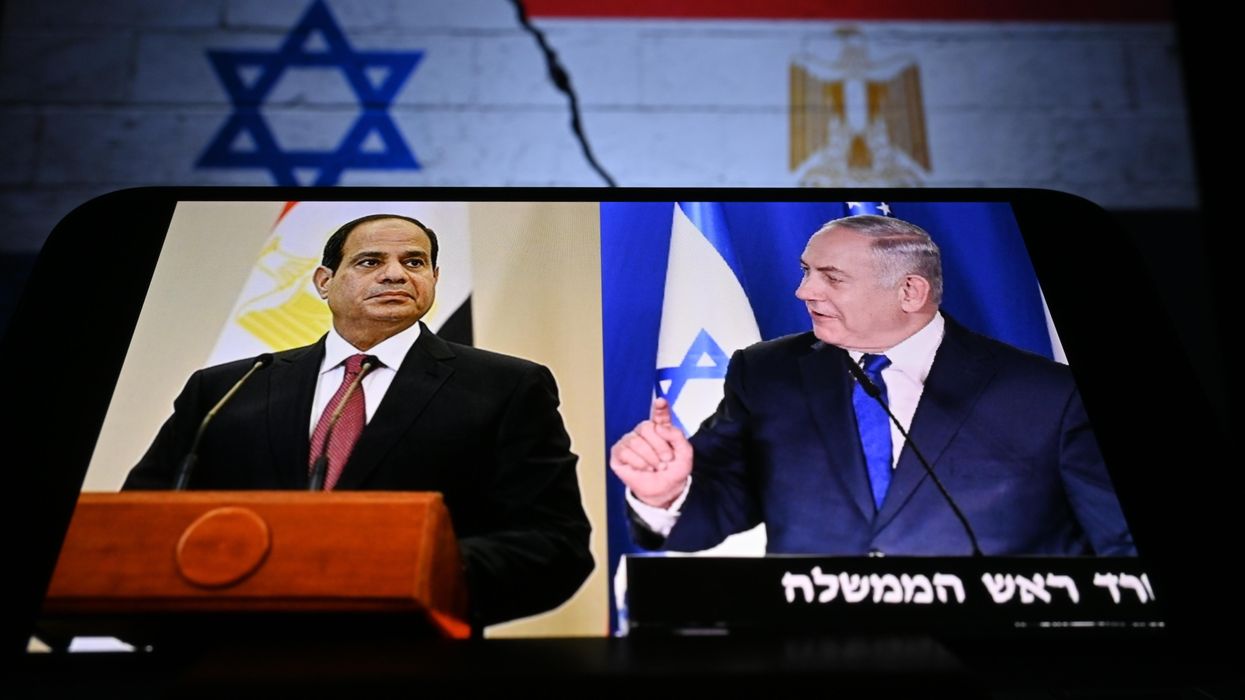Paradoxically, the most traditional of all British institutions — the 70-year reign of Queen Elizabeth II — played an important role in helping ease Britain’s transition into the contemporary world.
Part of the reason is that it was precisely the element of cultural and psychological stability and reassurance provided by the monarchy that made these immense changes easier to accept. However, in certain respects, the Queen herself also played a significant role.
At the most fundamental level, this has to do with the eternal values of duty, service, decency and self-discipline that Her Majesty exemplified. In the world of the Kardashians, Big Brother, and their analogues in the political realm, it may often seem as if these values are not just archaic and irrelevant, but utterly absurd. Yet — thank God! — there still lurks somewhere in our societies an awareness that in a real crisis, it is the permanent values that will see us through, if anything will.
The British monarchy’s role is of course a formal and ceremonial one, but we should not underestimate the colossal strain that it entails — especially in recent decades, when the monarchy has been exposed to the unbridled attentions of a debased and feral popular media. Three members of the Royal Family — Princess Diana, Prince Harry and Princess Meghan — have collapsed under the strain.
The lowest moment for the monarchy during the Queen’s reign came with the popular hysteria that followed the death of Princess Diana; an episode that led a British friend of mine to remark bitterly (in a comparison to the quasi-religious cult of Evita Peron) that Argentina appeared to have won the Falklands War after all, and brought to Britain its own particular form of national religion.
Nevertheless, she outlasted it all, her strong personal sense of duty and patriotism expressed in her moving speech at the start of the COVID pandemic:
“I hope in the years to come everyone will be able to take pride in how they responded to this challenge. And those who come after us will say the Britons of this generation were as strong as any. That the attributes of self-discipline, of quiet good-humoured resolve and of fellow-feeling still characterise this country. The pride in who we are is not a part of our past, it defines our present and our future…
And though self-isolating may at times be hard, many people of all faiths, and of none, are discovering that it presents an opportunity to slow down, pause and reflect, in prayer or meditation.
It reminds me of the very first broadcast I made, in 1940, helped by my sister. We, as children, spoke from here at Windsor to children who had been evacuated from their homes and sent away for their own safety. Today, once again, many will feel a painful sense of separation from their loved ones. But now, as then, we know, deep down, that it is the right thing to do.”
These words were meant to evoke the British spirit of the Second World War, and they derived their force not just from their eloquence, but also from the fact that the Queen herself had been a teenager during war, in which her husband, Prince Philip, had fought as a naval officer. Her maternal uncle was killed in the First World War.
Her mother was speaking of Elizabeth and her sister when she said during the war that, “The children won’t go without me; I won’t leave the King; and the King will never leave.” When the Queen came to the throne in 1952, Winston Churchill was still Prime Minister.
A central reason for the continued existence of a constitutional monarchy is to maintain a sense of enduring national identity and solidarity through preserving continuity with the past, while avoiding direct implication in political issues and rivalries, and to express this continuity through inherited public rituals — what Walter Bagehot called the “dignified” as opposed to the “efficient” aspect of the state.
The most successful monarchy in history from this point of view has been that of Japan, helped both by its fabulous antiquity and by the fact that (unlike almost any other monarchy), while the very embodiment of Japanese nationhood, it played an almost entirely ceremonial role for many hundreds of years. By representing the timeless existence of the Japanese nation, the monarchy helped the country successfully implement change without social collapse and anomie, first during the Meiji reforms of the later 19th Century, then after defeat and occupation in World War II.
The sheer length of Queen Elizabeth’s reign contributed to the timeless aspect of the monarchy. Only Queen Victoria came close to equalling her time on the throne, and her long reign, like Elizabeth’s, helped to ease the British path through intense economic and social change.
But of course there was a tremendous difference between the two long reigns. Victoria was Queen when Britain was the greatest industrial power on earth and the British Empire ruled more territory and more people than any other country in modern history.
Queen Elizabeth’s reign took place during the time when Britain lost that empire, and also experienced long periods of relative (and sometimes absolute) economic decline. The country did recover from the ruinous conditions left by World War II (when Elizabeth came to the throne many products in Britain were still rationed), but the brave hopes of an “Elizabethan Renaissance” came to very little.
Dean Acheson’s famous remark that Britain had “lost an empire, and not yet found a role” is still true today, and still rankles. The deep and painful traumas and confusions that the loss of empire produced helped many years later to produce Brexit, and enduring and dangerous British fantasies about playing the role of a great power on the world stage. Moreover, for almost half of Elizabeth’s reign, Britain was subject to an intense campaign of IRA terrorism, which claimed among its victims Admiral Mountbatten, the Queen’s uncle-in-law.
On the other hand, due to immigration, Britain during the Queen’s reign experienced a vast racial transformation. Some like Enoch Powell feared this could lead to “rivers of blood.” This has clearly not happened, and today, the British Conservative government – a Conservative government – is probably the most multiracial in the world, with three of four its top jobs held by people of color — something beyond the bounds of the wildest imagination when Her Majesty was crowned.
The British public acceptance of this transformation has been due in no small part to the late Queen herself, and this in turn was linked to a curious and ironical twist of history: that the British Empire was of course a vast multiracial and multicultural state. This state was ruled by Whites (though often through the medium of local princes and chieftains), and later transformed into the Commonwealth, a politically and economically powerless body, but one valued not just on the Right, but by many on the Left of British politics, for its combination of a symbolic international role for Britain with its nature as a truly global, multinational, and multiracial institution.
The Queen’s role as head of the Commonwealth helped lead her to genuinely anti-racist positions, as in her clash with Margaret Thatcher over the need to take a strong line against Apartheid in South Africa. The formal and informal symbolism of this role was also important: witness this photograph — astonishing for its time — of the young Queen grinning broadly while dancing with President Kwame Nkrumah of Ghana in 1961. Remarkable for its time, that is.
That the legacy of the British Empire should have helped to produce a consensual multi-racial Britain, and that the Monarchy should have played a positive role in this, is a lesson in the moral complexities of history, and how old traditions can find new and positive purposes, as long as their roots in their societies and their basic moral principles both remain strong.
















